30 January 2014
East/West, Man/Woman. These are the polarities that distinguish the creative collaboration of Francesca Lanzavecchia and Hunn Wai, two of the most consistent, and internationally recognized, talents in the world of design. They have recently presented two seats, commissioned by Claudia Pignatale and produced by Secondome, her gallery in Rome, called Rockers. Reminiscent of the rocking horses of our childhood, they are a compendium of the themes that the pair have been exploring for some time: the relationship with the body and its dynamics through an unstable equilibrium that requires constant adjustment; the dialogue between mass-produced part (the metal base of the seats) and handcrafted detail (the beautiful saddles); the interaction between the objects and their users. Not to speak of a spirit rooted in rock music, sometimes tinged with punk, which has always been a salient characteristic of the proposals of the studio, based in Italy and Singapore. Theirs is a story of our millennium, of two young people who breathe an air of cosmopolitan freedom, open to crossovers between genres and cultures and who, in their work, spend the whole day at each other’s desks, on permanently linked monitors. But we have interviewed Francesca Lanzavecchia in the flesh, asking her to do what she likes most and usually does through her objects: tell a story. This time it’s their story.
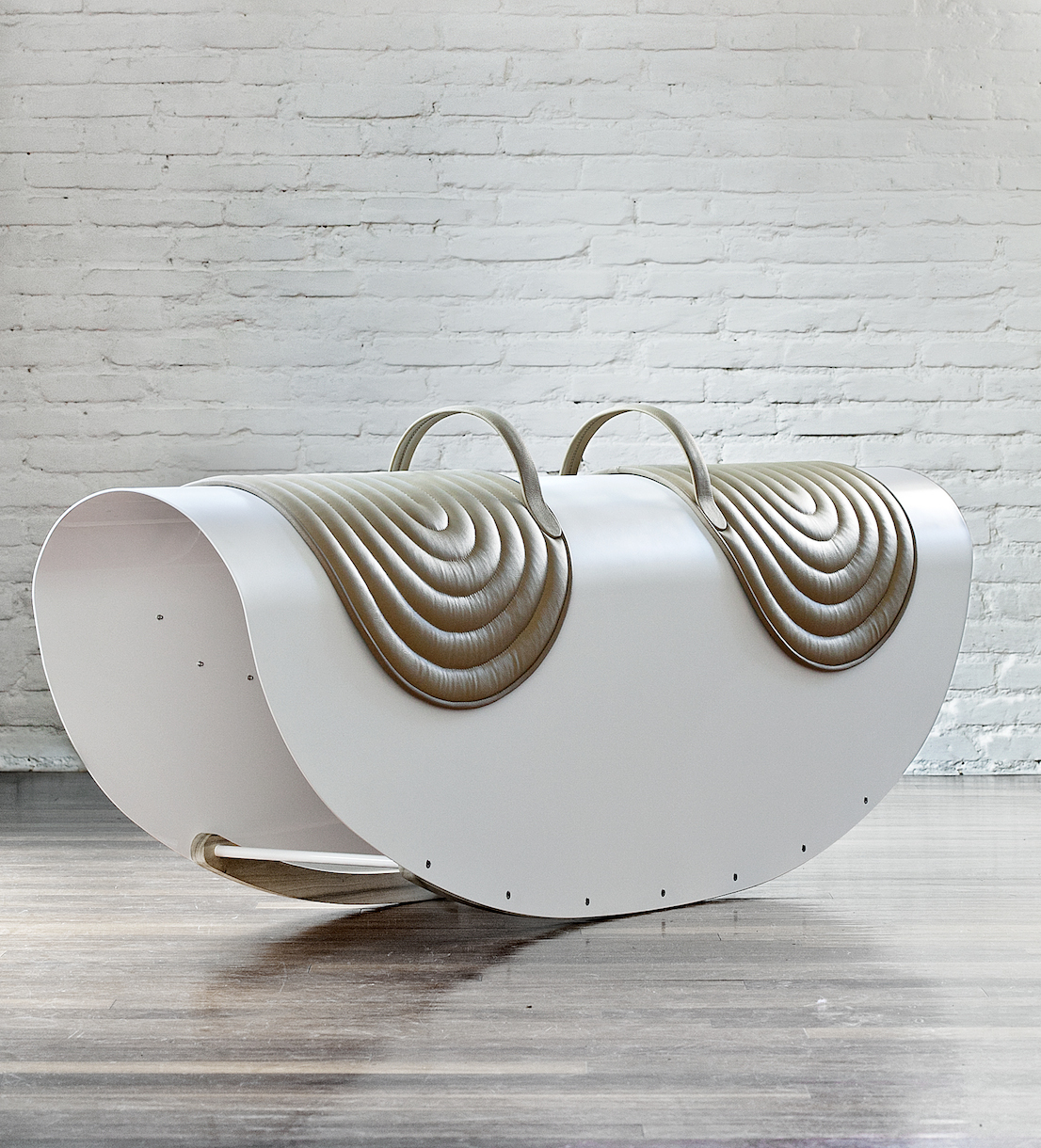
Rockers, n°2, design by Lanzavecchia + Wai, 2013
When and how did you realize that you wanted to be a designer?
In the beginning my ideas weren’t clear. At my high school, the strictest in my home town, Pavia, I was not a keen student. I used to go around in a fuchsia fur coat and wearing horns on my head in an obvious sign of rebellion. When the time came to choose my course at university, I was totally unprepared and my parents enrolled me for the admission test to study Medicine. But I put my name down for tests at the Polytechnic and Brera—despite my father’s opposition to the idea of me choosing an artistic training. Having passed all the entrance exams, the Polytechnic was the only way forward: a good compromise between my artistic aspirations and what my parents wanted. In reality, over the years, I’ve thought about the choices I made at that time, and perhaps the fact of having renounced Brera was no bad thing. Even though the decision to go to the Polytechnic was in some ways made by chance, in the end I felt it was right for me: a creative direction with a practical side. In the beginning, though, I was very unhappy with what I thought was the excessively scientific aspect of the Polytechnic. I had just put all my books of mathematics from the high school on a bonfire and found myself struggling with physics and statics. After this first, very rational approach, I took part in a workshop with Decathlon in France, and they offered me a permanent job. But I turned it down because I wanted to go on with my studies. I chose two schools: the Design Academy in Eindhoven and the Royal College of Art in London. The entrance exam for the college in London went really badly: a tragedy. So I went to Eindhoven and at last started to get my hands dirty. There I experienced the artistic liberation that I hadn’t been able to find in Italy.
Do you think that this liberation would have been equally important if you hadn’t received the grounding that you yourself define as excessively scientific?
Absolutely not, I recognize this. The Polytechnic provided me with the basic tools I needed to solve practical problems. And that’s not all. Over time I acquired a method of working that combined the humanities, the creative side and the more technical one. There is no question that I owe this to the dual training I received.
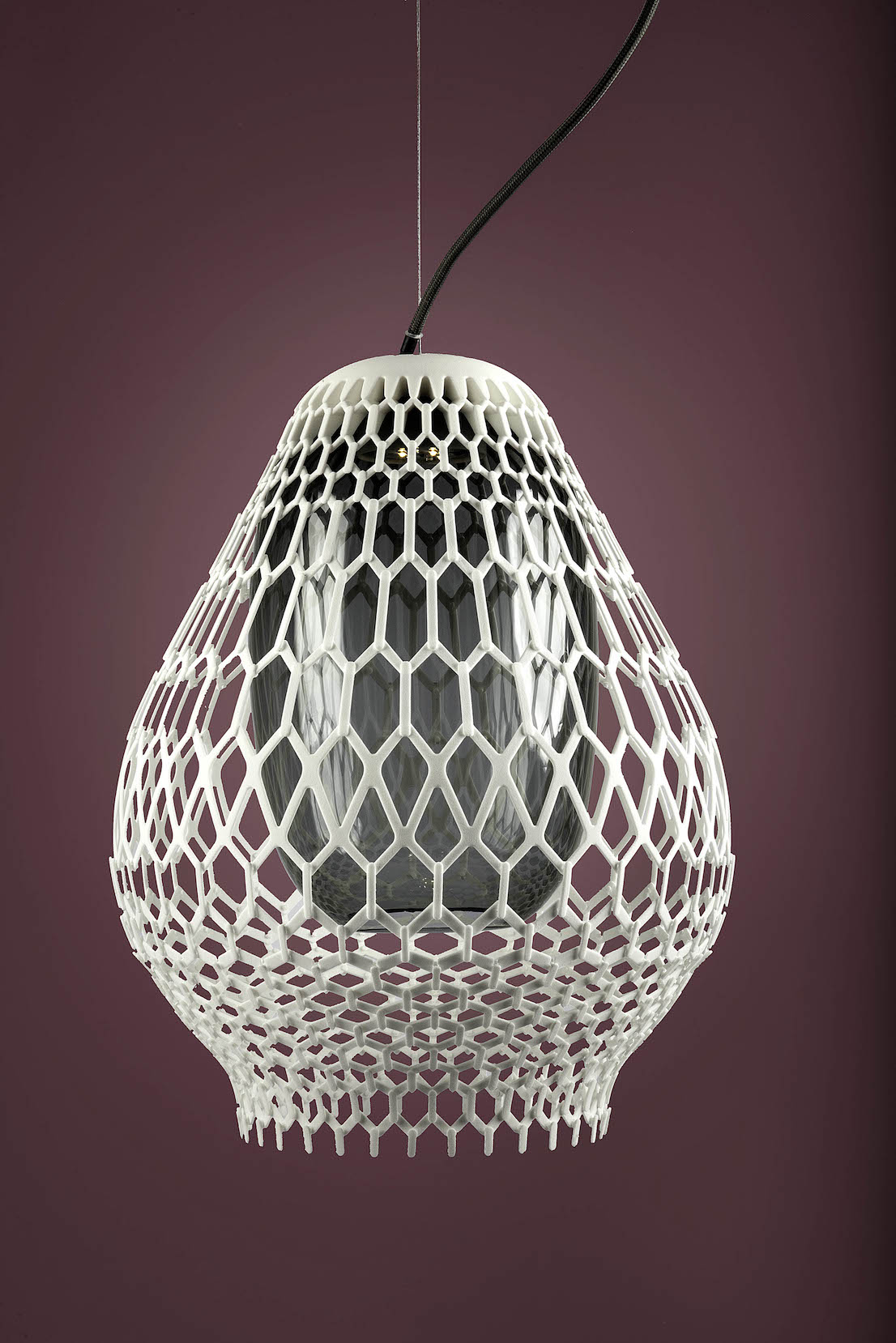
Rhizaria, design by Lanzavecchia + Wai, for .EXNOVO, 2013.
In Eindhoven you met Hunn Wai, who has become your partner. He comes from Singapore, from a very particular Oriental background. How have your different cultures and backgrounds mixed?
In reality, the school that Hunn had attended before we met was very European in its approach to design. He had studied at one of the first schools of design in the East, where there had been many Italian and British teachers right from the start, leaving a very strong mark on the method of design. So we didn’t feel so different. The only real difference that I’ve found in Hunn is his different approach to history. Hunn doesn’t feel inhibited by the weight of responsibility with respect to the past. The same thing is true of my Dutch colleagues. We Italian designers, on the other hand, the ones that belong to my generation, feel the weight of tradition strongly: I don’t think any of us would have burnt icons of design like Maarten Baas did. That act expresses a degree of freedom that we don’t have, and reveals a sort of irresponsibility that translates into a very real freshness.
And do you see any differences in the practical way of designing?
Personally, I love everything that is imperfect, but then I’m not able to apply the same principle in my designs and every detail has to be precisely defined. I would like, in reality, to be able to let myself go a bit more, but if I did that I’d no longer be me. So I was immediately captivated by the way Hunn has of going beyond certain details in which I, by myself, would get bogged down. Let me add that while on the one hand I’m happy to have had a cross-discipline training like mine, a mix of art, literature and architecture, on the other it causes me some problems. Non-specialization, which is a typically Italian approach to education, clashes with my desire to study things in depth, to get to the heart of the matter and fully understand the various subtleties of a design. What I love about my work is the possibility to study and discover something different each time.
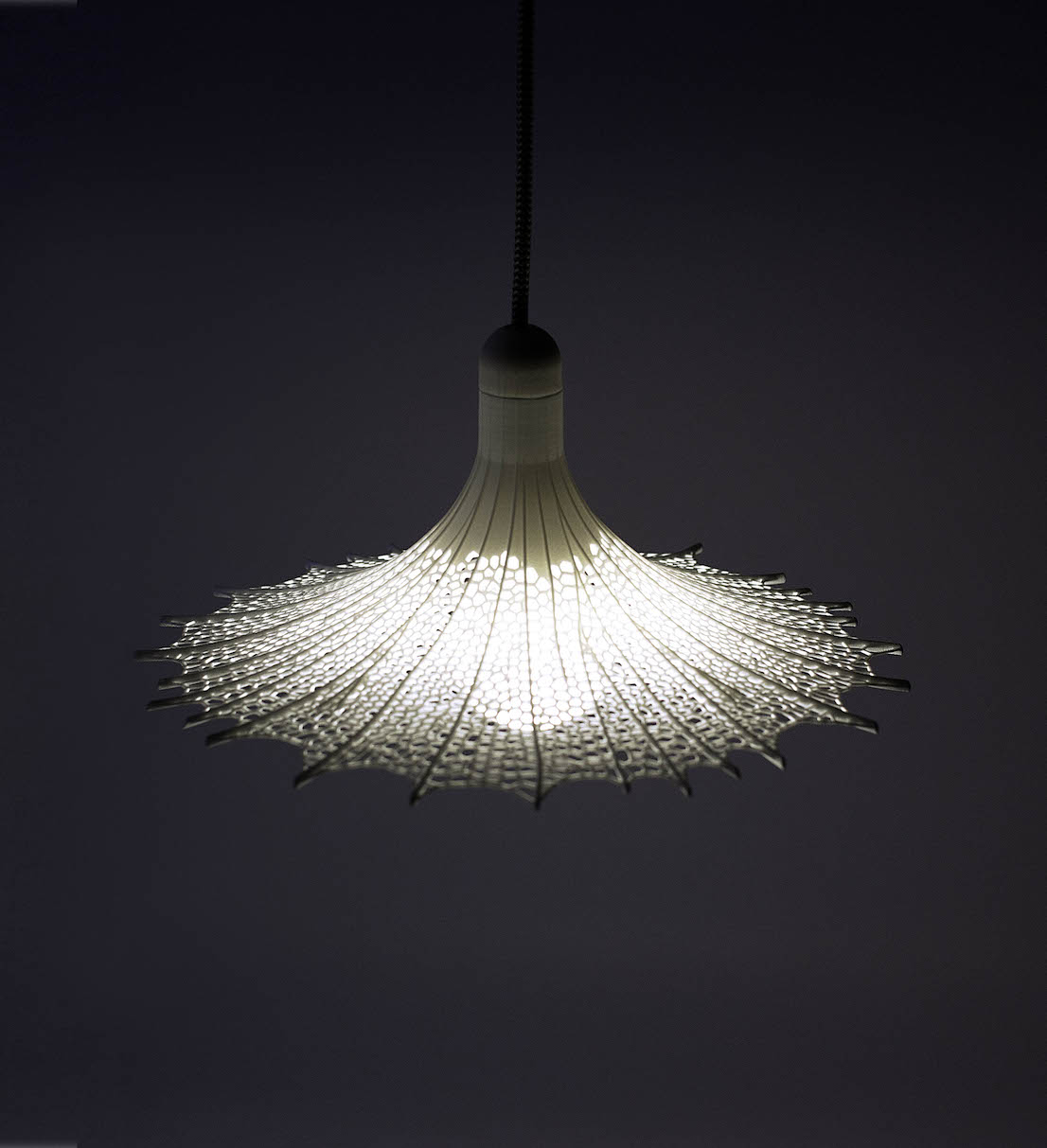
Biophilia, design by Lanzavecchia + Wai, for .EXNOVO, 2013.
This is something that many of you Italians who have studied at Eindhoven have in common (I’m thinking of the Studio Formafantasma and Giovanni Innella): you have a scientific approach to the artistic side of design. In a way you are able to close the circle of the complexity of this discipline, which is really a hybrid between art and science.
Yes, for us design is a great challenge, a way of bringing out our view of things. We start out from a neutral perspective, a bit like that of the scientist in the phase of analytical observation of a phenomenon, without knowing the results of the research. In the end, we try to optimize the information collected and channel it into an object. There is never a form or a typology a priori. Obviously, this process can bring great satisfaction, but we certainly can’t say that it makes life easy!
However you and Hunn, in contrast to other ex-students at Eindhoven, have always taken the aspect of application into consideration and sought to hold a dialogue with the big industries. For example, in the project for the elderly (No Country for Old Men) or in the one on physical aids for the handicapped (Proaesthetics) you have identified a niche in the market that could be fruitful for companies working in the medical sector too.
These projects stem from personal experience, as I’m a very empathetic person: it is a reflection that came out of the time when my grandmother was ill, the time I broke a foot and my mother fractured her knees. In these conditions of emergency, I had the desire to design something that was not medical in the traditional sense of the term, but that would approach the body from the viewpoint of the feelings. Consider, for example, that the walking stick, designed for my grandmother when she started to have difficulties getting around, was intended to allow her to bring my grandfather a cup of coffee, a daily ritual that meant a lot to her. The prototype was a bit baroque, made of dark wood and not particularly beautiful. But rather than in the aesthetics, I was interested in the stories that lay behind that object and many others. In fact, I had gathered more than forty cases for which the same number of objects had been created; I could still tell you the names and the stories of each of the people I had interviewed. So I can say that I have found a typological niche starting out from an emotional level. Initially, we presented these objects at the Salone Satellite, but then we realized we had uncovered a segment on which interest in the human being, scientific and material research and beauty all converge. Unfortunately, though, we haven’t yet succeeded in turning the prototypes into products.
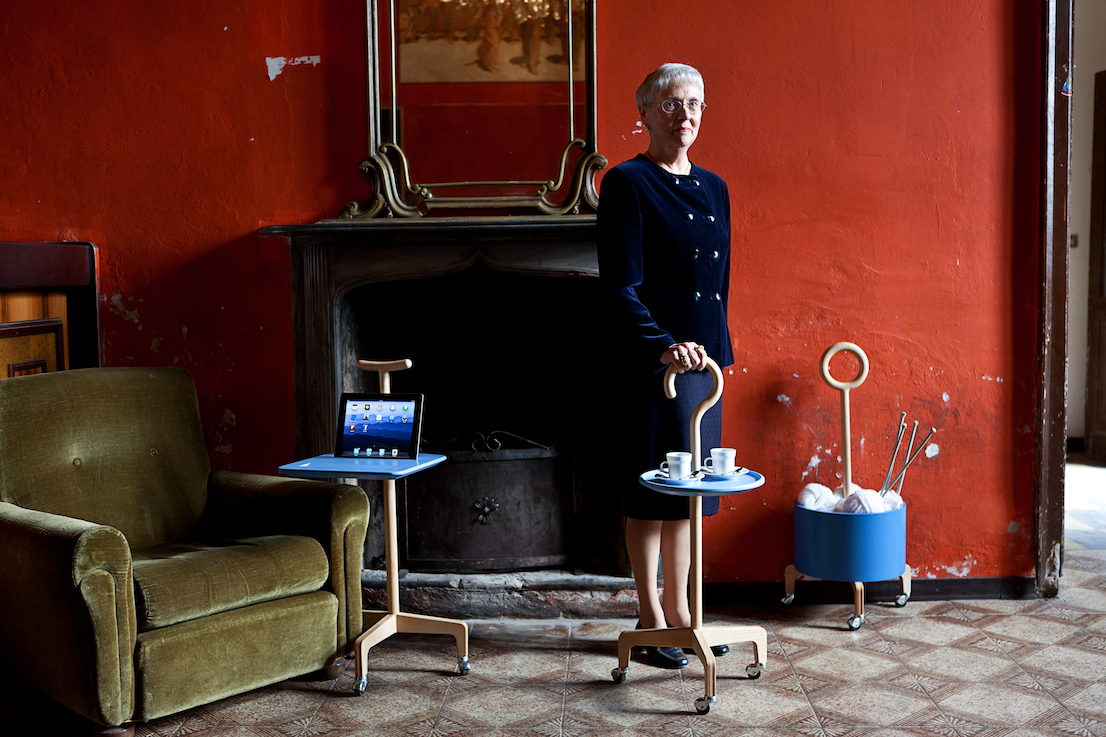
Together Canes – No Country for Old Men, design by Lanzavecchia + Wai, 2012.
Why do you think that is?
Because it requires an investment at the level of image which is not perhaps felt as a priority in the medical sector, and not in that of furniture either. It’s as if they were worlds that do not communicate, while in reality they need one another, but without being fully aware of it. For the moment at least.
Is this “service” aspect an important element in your design work?
Important, but not necessary. For us the stories that the objects have are more important. For example, it wasn’t obligatory for the Mutazione carpets to provide a service. What they had to do was tell a story, that story. Other objects, however, have been designed to reconsider the whole system in which they are involved. The Spaziale series with shelves wrapped in stretchy Lycra fabric was a critical reflection on the ecological factors that are often the driving force behind designs which are not at all environmentally friendly in their effects, especially when it comes to the transport and handling of the pieces. We wanted to take the bulk away from furniture, turning it into an empty skin by reducing the amount of wood and letting the elastic material hold the objects on the shelves, in order as to obtain a flat-pack system that would really make them easy to transport.
How important is the aesthetic factor in what you design? Before you mentioned the Mutazione rugs for Nodus, whose beauty cannot be described as traditional.
Beauty interests us when it is functional, when it provides an elegant solution to the form of a joint or when it is a way of introducing a particular subject. For example, we are always attracted by beauty in deformity, in the handicap: after all, our work on orthoses stemmed from a desire to undermine the common idea that those who have physical problems are condemned to use aids that look horrible. Illness is a human condition like so many others, and we shouldn’t be afraid of talking about it and admitting it; indeed, this is part of the process of acceptance and healing. The Mutazione project sprang from an aesthetic fascination: a passion for the scientific illustrations of entomologists and biologists. An interest that fits in well with our idea of ugly beauty, in which there is always something creepy. Our sense of beauty is linked to human nature, which is by definition anything but perfect. We came across some striking watercolors by the entomologist Cornelia Hesse-Honegger, who has studied what has happened to insects in the environs of Chernobyl, uncovering the horror of the genetic mutations caused by radiation. This is something that has had an effect on my own life, as I have a thyroid problem that was probably caused by the radioactive fallout after Chernobyl, and so once again a personal factor was involved. When the tragedy of Fukushima happened we found ourselves focusing on these themes in a precise way. Here too, then, beauty has been used to tell a very sad story, one which it is difficult to talk about; a way of making visible what by its nature is invisible, like the harm caused by radiation: it’s there, but you can’t see it. From these rugs a figure emerges that seems beautiful, attractive, but then you realize that something is not right, that there is an abnormality. Even the pattern we have used—which is based on the golden section—is intended to underline with its perfection these small and not immediately perceptible defects: an extra eye or leg, a crooked wing. This generates a feeling of attraction/repulsion that can make people think. It’s a science-fiction story of our time.
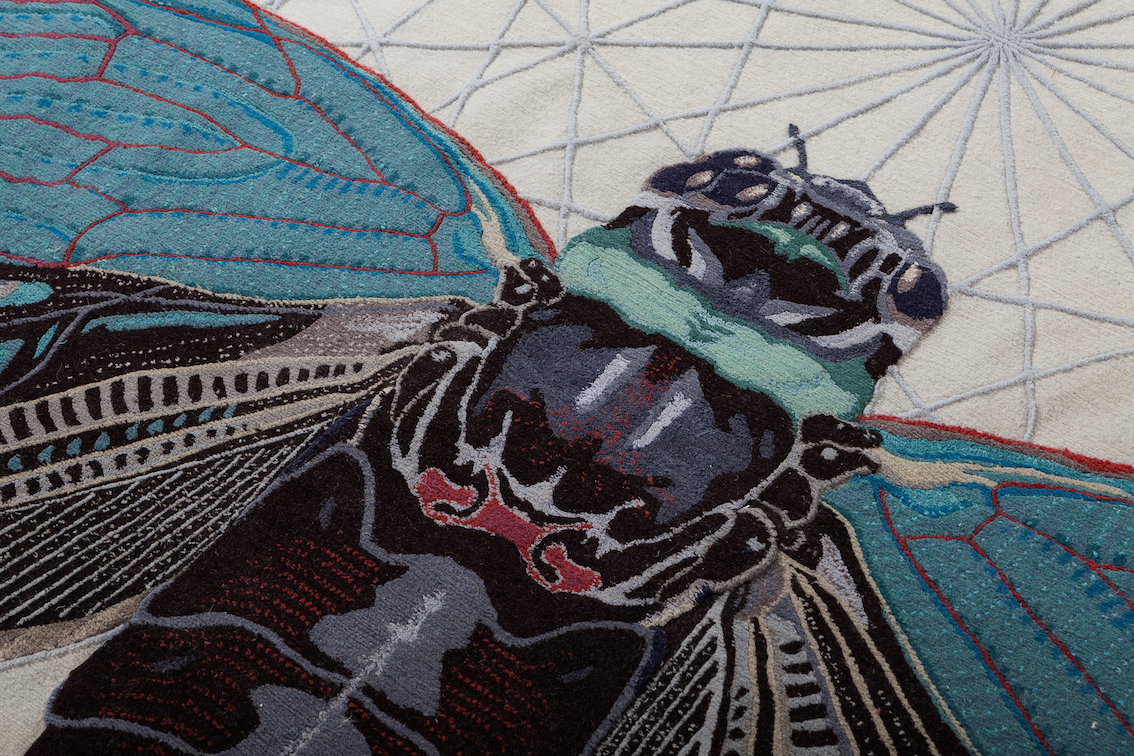
Mutazioni, Tacua Fukushimae, design by Lanzavecchia + Wai for Nodus, 2013.
By the way, what is your attitude toward time? After all, your take on furniture for the elderly seems to be very farsighted. You don’t design just for young and healthy clients, but think about what is to come, about the passing of time.
I like the idea of pieces of furniture that turn into prostheses, things to be cherished rather than simply clung to. All this is part of a broader aim, which is to change the perception we have of objects and the relationship we form with them. Instead of a way of furnishing our homes, design should be a means of providing support in our lives.
Your partnership is a meeting between East and West. What have been your most interesting discoveries?
The first project we did in Asia was with a craftsman in Singapore. In reality before this encounter I thought—naively, as a foreigner—that Singapore was full of craftsmen, whereas they are very rare, as it is an increasingly technological megalopolis. So we set out to find someone who had preserved the craft tradition of the lion mask makers and we found one, who is also a Kung Fu master, the last person left in Singapore who knows this very ancient technique: the modern-day version of the lion mask is now made in China and imported. This gentleman, Master Henry Ng, who initially had declared himself open to new challenges, has turned out over time to be anything but keen and now, even though the lamps we designed made using his technique are much in demand, doesn’t seem to want to collaborate any more. Master Henry Ng is to some extent an emblem of what is happening in South East Asia: if you look at the photos of his workshop you will notice, in fact, that he is employing traditional techniques in an apartment on the ?25th? floor of a skyscraper.
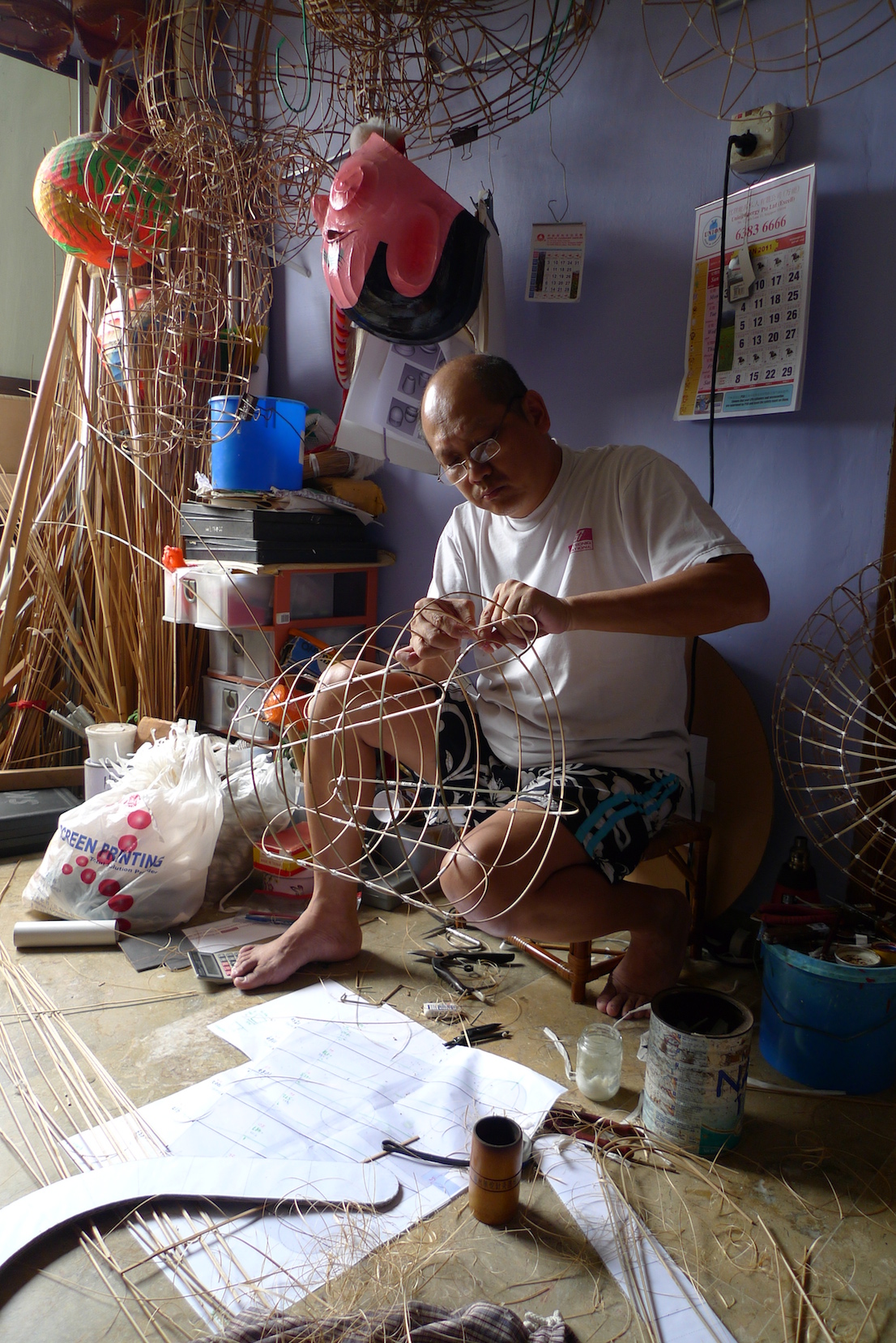
Master Henry Ng
And the handicrafts that you encountered in Indonesia when you did the project for the screens (Bilik & Bubu)?
There the situation is completely different. In the first place it’s a Muslim country. The local manufacturers are all craft based and have developed, in many cases, a socially-oriented production, with entire villages working for them. So the object is moved from house to house as it is being made, turning the village into a sort of grand assembly line. Working and social life are perfectly integrated and if you want to develop a rattan weave you may have to go into the homes of several women, who do their work at the same time as looking after the children and doing the housework. And all of them, adults and elderly, contribute to the production process according to their possibilities and capabilities, sitting down and talking to us. Precision, it should be said, is not always their strongpoint, so there was a need for close supervision on our part.
And how did they react to your ideas?
In the first place we wanted to avoid making rattan furniture in the Western style, which is what they do most of the time. So we had to explain to them what we had in mind. We wanted to start out from what was the basis of the working of rattan in their culture and tradition. Hence we thought of the pocket used to hold takeaway fried food and fruit or fishing nets, which are the real use that the Indonesians associate with rattan. For furniture, they use teak, of which they have an abundant supply. In fact the idea of rattan furniture was imported from the West. Absurdly, even the local designers, who are good, have enormous difficulty in diverging from this acquired model and sometimes end up making rattan furniture of Scandinavian inspiration.
Do you think it still makes sense today to speak of national identity in design? With your cosmopolitan training and such an international dimension to your professional practice, do you think that an “Italian” design still exists?
If we mean by that a “style,” no. But if we are talking about an Italian approach to design, then yes. It’s what we were talking about before: the ability to get down to details, to control the process, but also to draw on culture in the broad sense, to revive and recover the beauty that has pervaded our history. And then there’s a certain cunning, which on the one hand is what I detest most about our way of doing things, but on the other very often allows us to find a brilliant creative solution.
What is the object you dream of designing in the future?
I don’t dream of design a particular object or typology. I’d like to go on having the possibility to carry out research, looking with new eyes at the systems and objects that surround us, humanizing the things that we use every day, shaping the future without making a priori distinctions between the artistic essence and the industrial one.
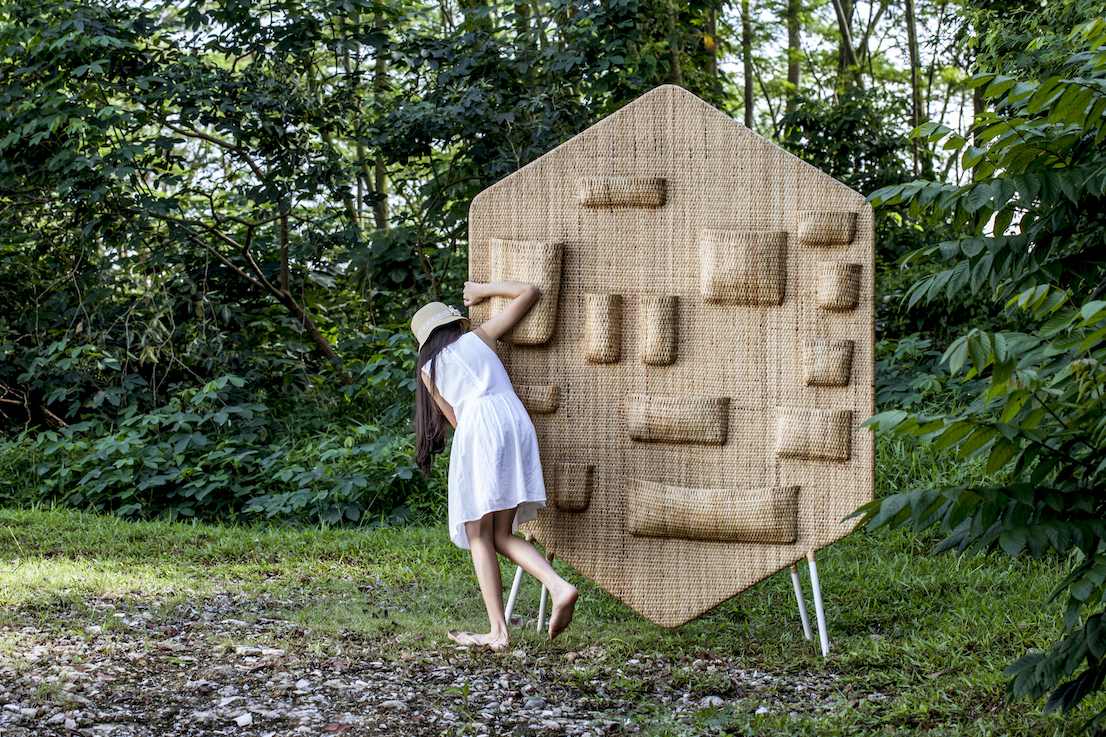
Bilik room divider, design by Lanzavecchia + Wai, 2013.
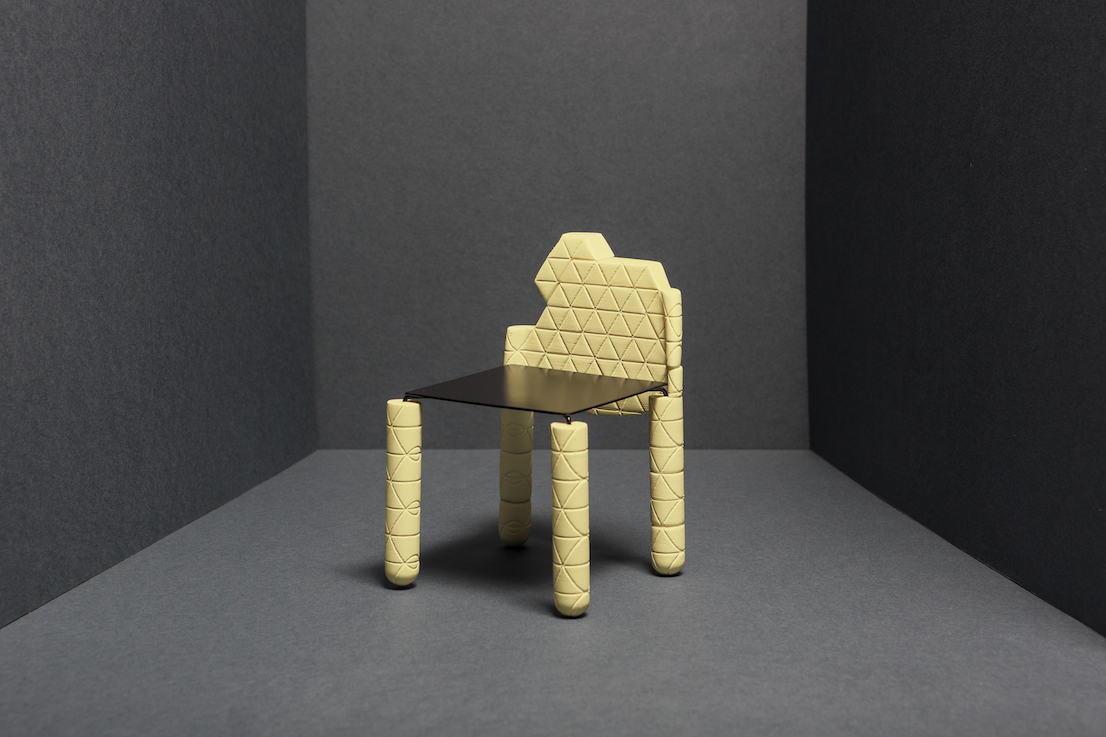
Austerity, design by Lanzavecchia + Wai for FOODMADE, Padiglione Italia, Salone del Mobile 2013.
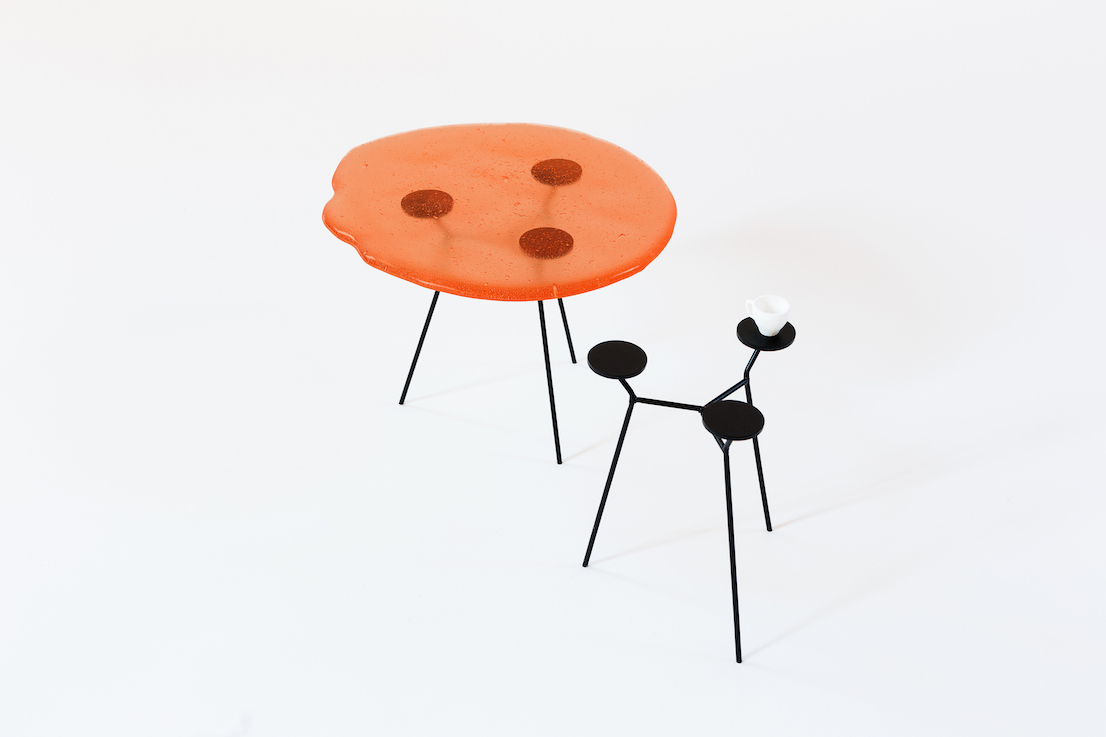
Austerity, design by Lanzavecchia + Wai for FOODMADE, Padiglione Italia, Salone del Mobile 2013.
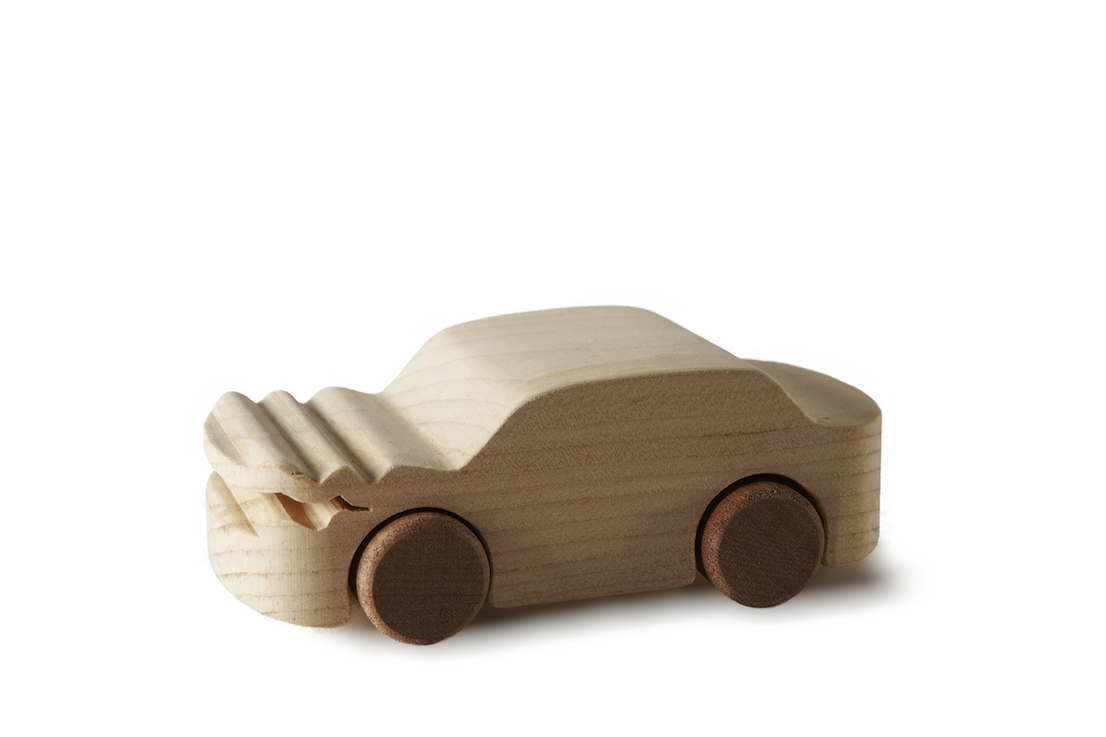
Autoscontro, design by Lanzavecchia + Wai, for 100%ToBeUs, 2012.
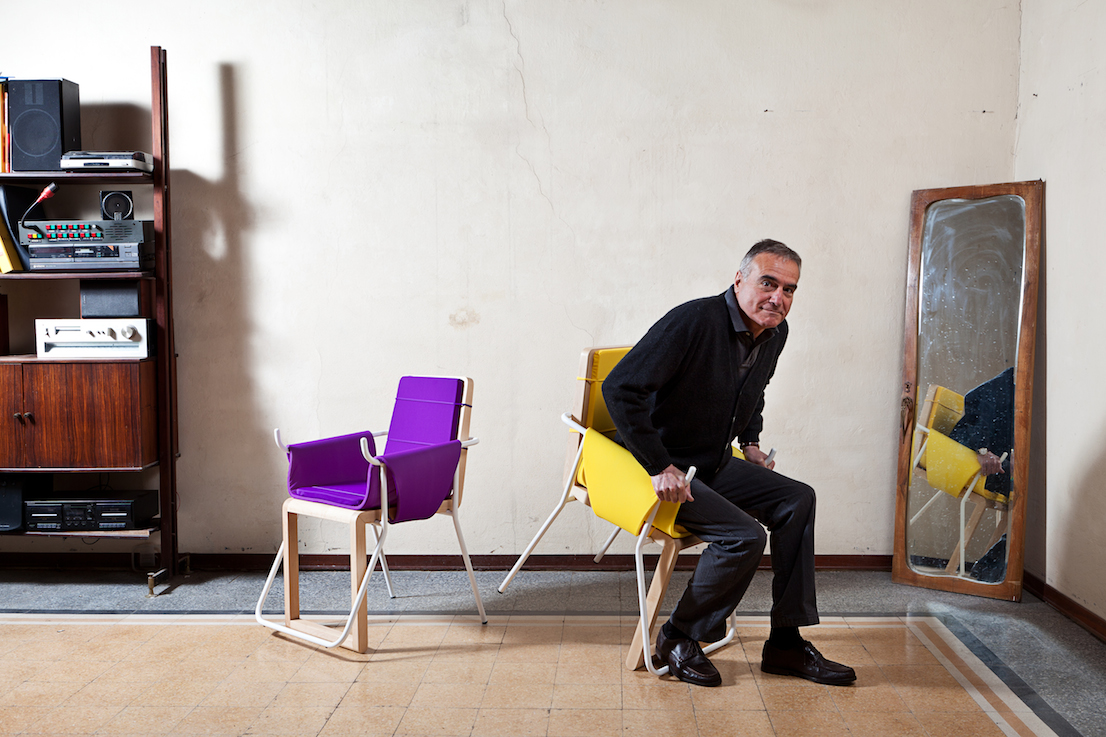
Assunta – No Country for Old Men, design by Lanzavecchia + Wai, 2012.
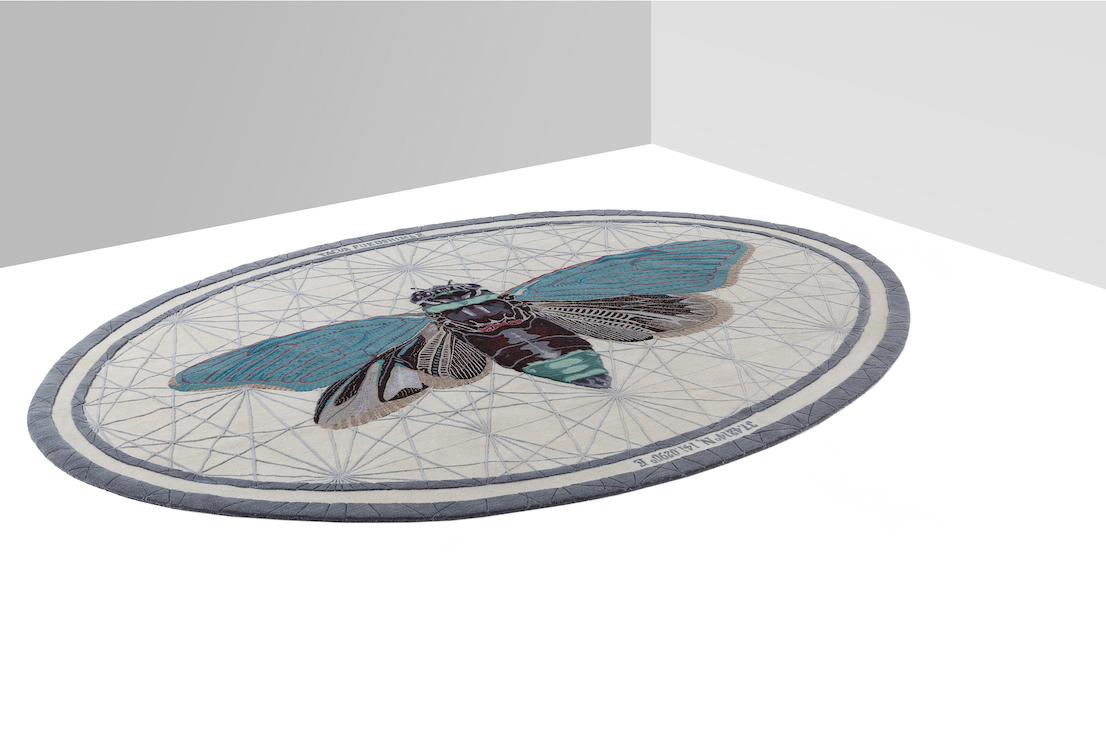
Mutazioni, Tacua Fukushimae, design by Lanzavecchia + Wai for Nodus, 2013.
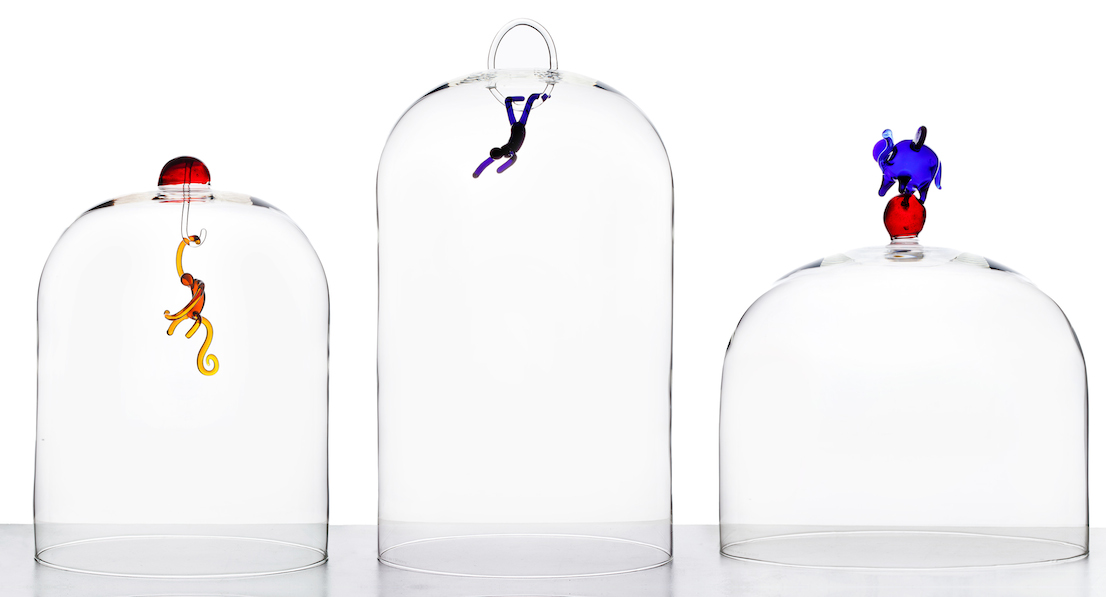
Circus: Elephant, Trapeze & Monkey, design by Lanzavecchia + Wai, 2013.
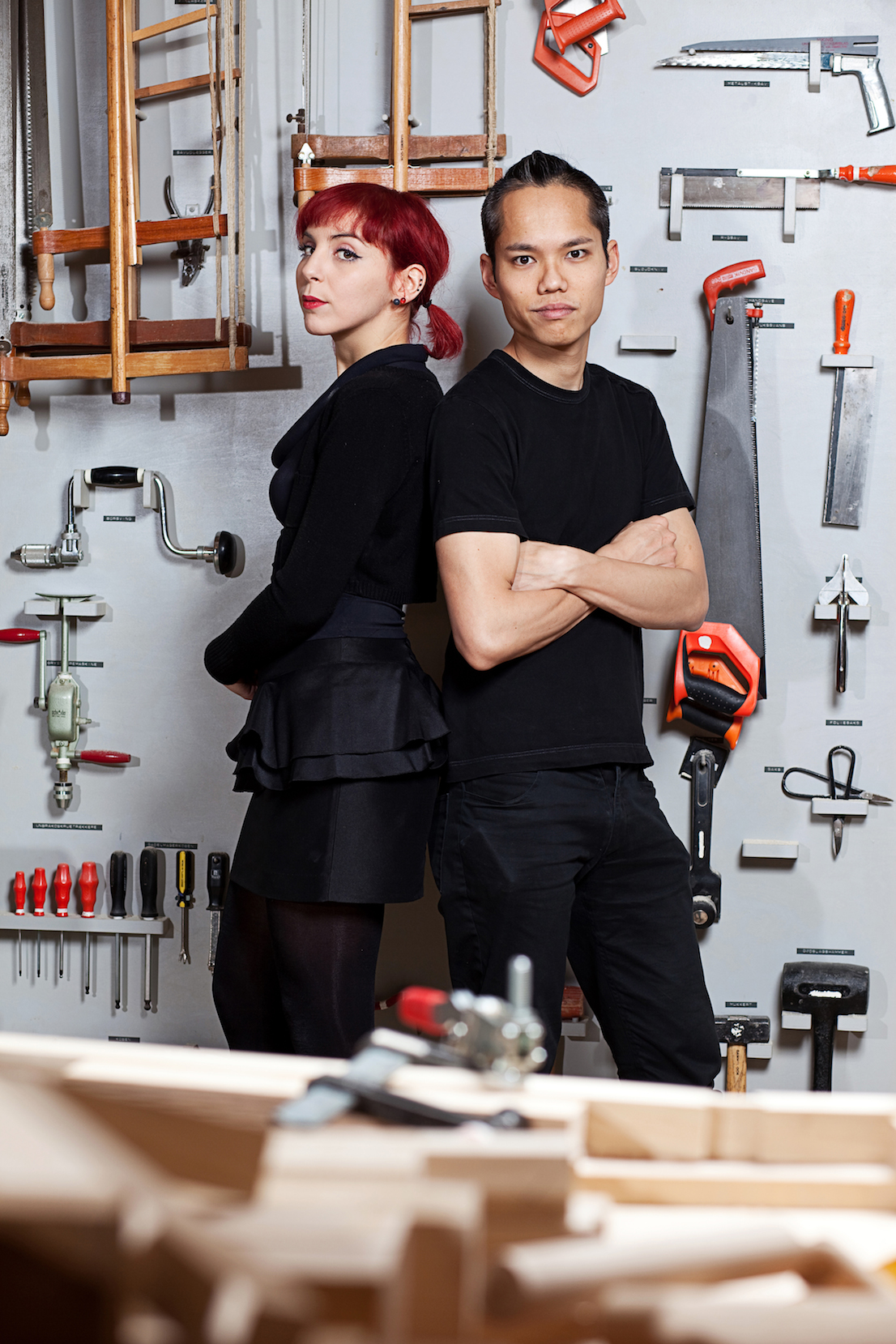
Lanzavecchia + Wai